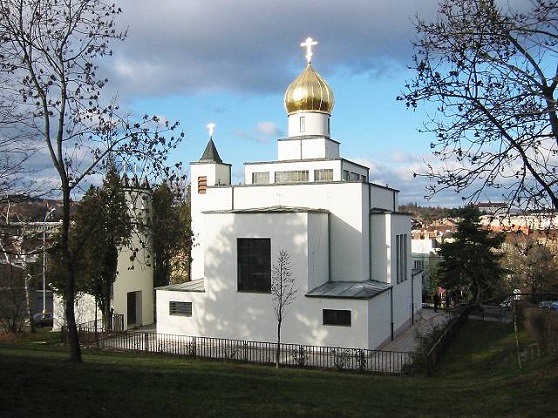
About 20 owners in Brno want to abolish the heritage protection of their houses
 |
| photo: www.nockostelu.cz |
Brno - The problem with late-registered monuments at the end of the 1980s still concerns more than a thousand buildings in Brno. So far, only about twenty owners have requested a decision that their building is not a monument. However, more are gradually joining in, said Aleš Homola from the Brno office of the National Heritage Institute (NPÚ) to ČTK.
The problem arose at the turn of 1987 and 1988. Although the relevant commissions decided in a timely manner about the declaration of the buildings as monuments, officials often entered them into the registers only in 1988, when the current heritage law was already in effect. For a long time, heritage experts believed that the legal flaw in this process was not significant enough to negate the status of the buildings as monuments, but this position no longer holds.
In practice, this means that if an owner currently requests the removal of monument protection, the state must comply. "We then receive this from the Ministry of Culture for our information and subsequently for most cases, we submit a proposal for a new declaration as a cultural monument," Homola stated. In the meantime, however, the owner can freely dispose of the building. "The main risk is that the system, which has been functioning for decades, will become destabilized. As a result, heritage care may lose its authority and respect," Homola thinks.
According to him, nearly all owners of Art Nouveau houses in the center of Brno are currently requesting the removal of monument protection, often developers. The requests from owners of sacred buildings represent a different chapter, concerning, for example, the Church of St. Augustine in the Masaryk Quarter or the Orthodox Church at the foot of Špilberk. "Parishes are requesting this due to legal uncertainty. They want to obtain subsidies and agree that the buildings will be promptly re-declared as monuments," Homola mentioned.
He added that the requests from individual entities are not yet a "mass issue." However, information about the process is being shared among lawyers, and the number of requests for the removal of monument protection is growing. Currently, about 1,045 buildings in Brno are threatened by legal uncertainty, along with several dozen more elsewhere in South Moravia. The problem has been known for years, but it has only started to be addressed now.
A ten-year transitional period was supposed to be established for monuments, during which the ministry was to determine whether they would retain their designation concerning the late registration or not. "The territorial self-governing bodies did not support the solution, and it was even criticized by the heritage community to the extent that the proposal was never discussed by the government. It is therefore surprising that after several years of the ministry trying to correct historical mistakes in heritage care, and being criticized for this effort, it is now being called upon to find a miraculous solution in the same matter," stated Simon Cigánková, a spokesperson for the Ministry of Culture, earlier.
Monuments could be registered on the list until 1988, when a new heritage law came into effect, which includes the Central List of Cultural Monuments. Since then, only the ministry can decide on a cultural monument. Some buildings, such as the Tišnov hospital or the Jalta Passage in Brno, were registered later. Although they were considered cultural monuments, the ministry did not recognize that.
The English translation is powered by AI tool. Switch to Czech to view the original text source.
0 comments
add comment
Related articles
0
20.06.2017 | Last year, 182 cultural monuments were added, and 46 lost their protection
6
25.06.2014 | NPÚ is considering that the Brno International will be proposed again as a memorial
1
23.06.2014 | NPÚ wants to protect the Lesná housing estate and other monuments from the end of the 20th century
3
26.01.2014 | The Brno International Hotel is no longer on the list of monuments











